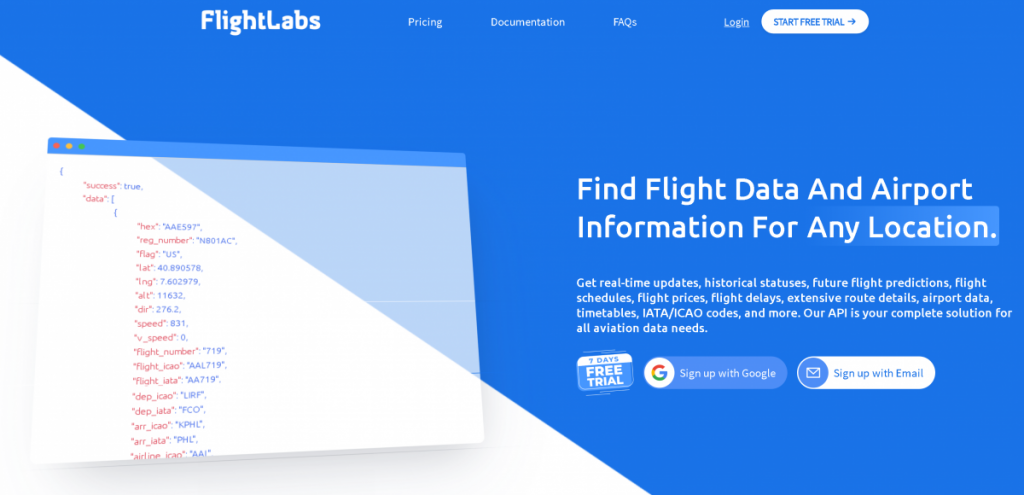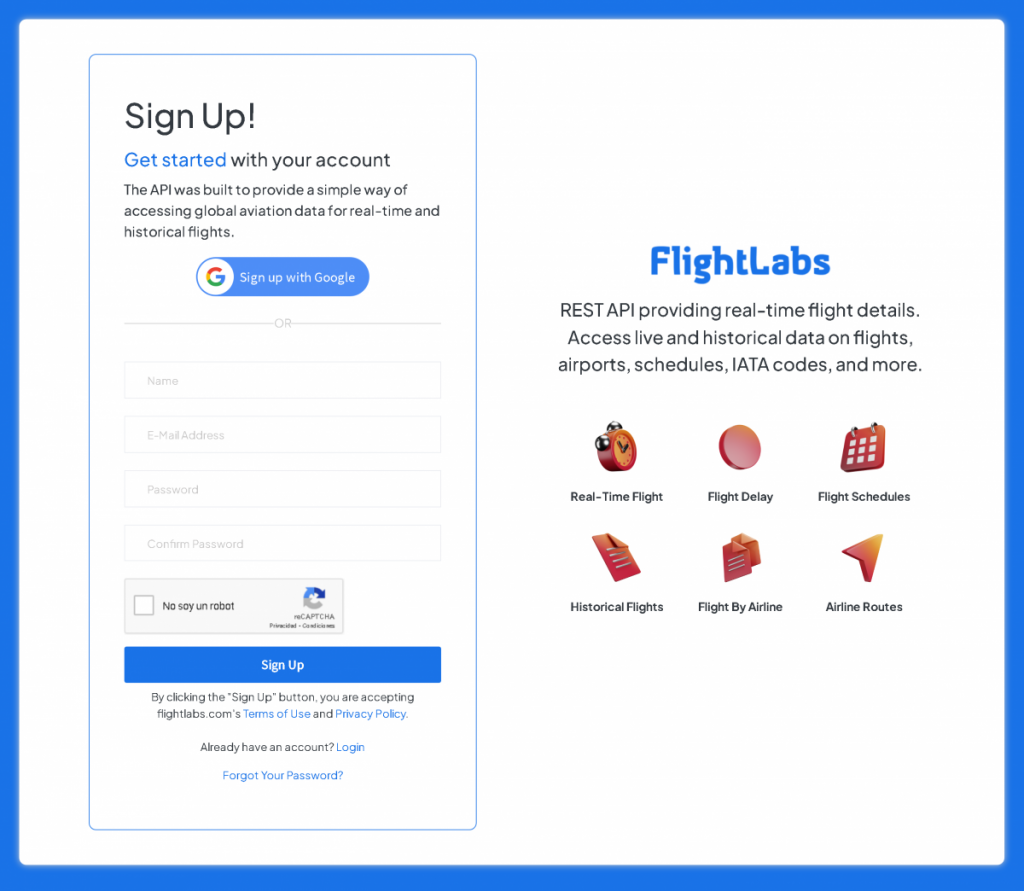The aviation industry has undergone a significant transformation with the advent of technology. One such technological advancement that stands out is the integration of an Airlines API. These APIs are revolutionizing the way businesses and developers interact with airline data, enhancing the user experience manifold. In today’s fast-paced world, where real-time information is paramount, Airlines APIs, like FlightLabs, provide the necessary bridge between raw data and user-centric applications, making them indispensable in the aviation sector.
Understanding An Airlines API: Definition and Basic Functionality
Airlines APIs, or Application Programming Interfaces, are sets of protocols and tools that allow different software applications to communicate with airline systems. They facilitate the extraction and integration of various data points such as flight schedules, availability, fares, and more into different platforms. This integration enables developers to create applications that can offer real-time updates, streamline booking processes, and provide comprehensive travel solutions to end-users.
At the core, Airlines APIs are designed to manage and distribute airline data efficiently. They typically include endpoints for accessing flight information, booking management, fare details, and ancillary services. These components work in tandem to ensure that the data retrieved is accurate, up-to-date, and relevant. The APIs also employ robust security measures to protect sensitive information and ensure compliance with industry regulations.

Benefits of An Airlines API for Businesses and Developers
One of the most significant advantages of Airlines APIs is the enhancement of user experience. By providing real-time data, these APIs allow applications to offer up-to-the-minute flight information, seamless booking processes, and personalized travel experiences. Users can access flight statuses, book tickets, and manage their itineraries all in one place, leading to higher satisfaction and loyalty.
For businesses, Airlines APIs streamline operations by automating various processes. Tasks that traditionally require manual intervention, such as updating flight schedules or managing bookings. Now can be handled automatically through APIs. This automation not only reduces the margin for error but also frees up resources that can redirect towards other critical functions, improving overall operational efficiency.
Airlines APIs also play a pivotal role in enhancing customer engagement. By integrating these APIs into their platforms, businesses can offer tailored services that cater to individual needs. Personalized notifications, special offers, and customized travel itineraries are just a few examples of how APIs can help in building a strong rapport with customers. This level of personalization not only boosts customer satisfaction but also fosters long-term loyalty.
Spotlight on FlightLabs

FlightLabs is a prominent player in the realm of Airlines APIs, offering a robust platform that caters to the diverse needs of developers and businesses. Known for its comprehensive data coverage and user-friendly interface, FlightLabs stands out as a preferred choice for those looking to leverage airline data to enhance their applications and services.
The Real-Time Flight Endpoint is one of the flagship features of FlightLabs. It provides real-time information on flight statuses, including departures, arrivals, delays, and cancellations. This endpoint ensures that users have access to the most current data, allowing them to make timely decisions and stay informed throughout their travel journey.
More importantly, the Airlines Endpoint provides detailed information about various airlines, including fleet details, operational statistics, and more. This endpoint is particularly useful for businesses looking to partner with specific airlines or for developers creating applications that require comprehensive airline data. The rich dataset offered by this endpoint ensures that users have all the information they need at their fingertips.
Getting Started with FlightLabs
Registration and Access
To get started with FlightLabs API, users need to register on the FlightLabs platform. The registration process is straightforward, requiring basic information such as email and company details. Once registered, users receive an API key that grants them access to the various endpoints offered by FlightLabs.

Simple Tutorial for Developers
Integrating FlightLabs into applications is a seamless process, thanks to the extensive documentation and support provided. Developers can start by familiarizing themselves with the API endpoints and understanding the data structure. The next step involves using the API key to make requests to the desired endpoints and integrating the retrieved data into their applications. FlightLabs provides sample codes and step-by-step guides to assist developers at every stage.
Integrating FlightLabs into Projects
Integrating FlightLabs into projects involves a few key steps. First, developers need to set up their development environment and include the necessary libraries for making API requests. Next, they can use the provided API key to authenticate their requests and fetch data from the desired endpoints. Finally, the data can be process within the application, providing users with real-time information and enhancing the overall user experience.
https://www.youtube.com/watch?v=1pueN0P-UC8
Conclusions
Using an Airlines API has undeniably transformed the landscape of the aviation industry, offering a plethora of benefits to businesses and developers alike. By providing real-time data, streamlining operations, and enhancing customer engagement, these APIs have become essential tools for modern-day aviation solutions.
Among the various options available, FlightLabs stands out for its comprehensive features and user-friendly interface, making it a preferred choice for developers looking to integrate airline data into their projects. As technology continues to evolve, the role of Airlines APIs is set to become even more significant, driving innovation and improving user experiences across the board.
Related Post: Top API Marketplaces For Developers: A Comprehensive Guide

